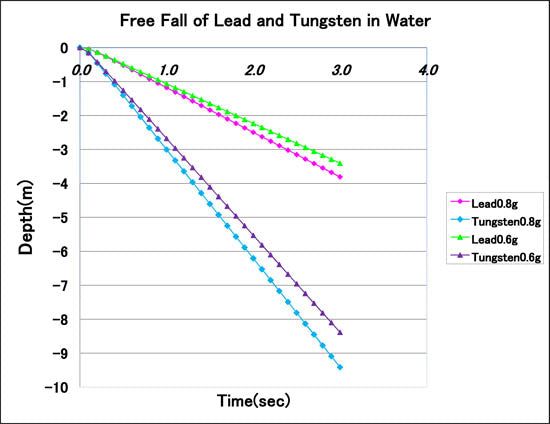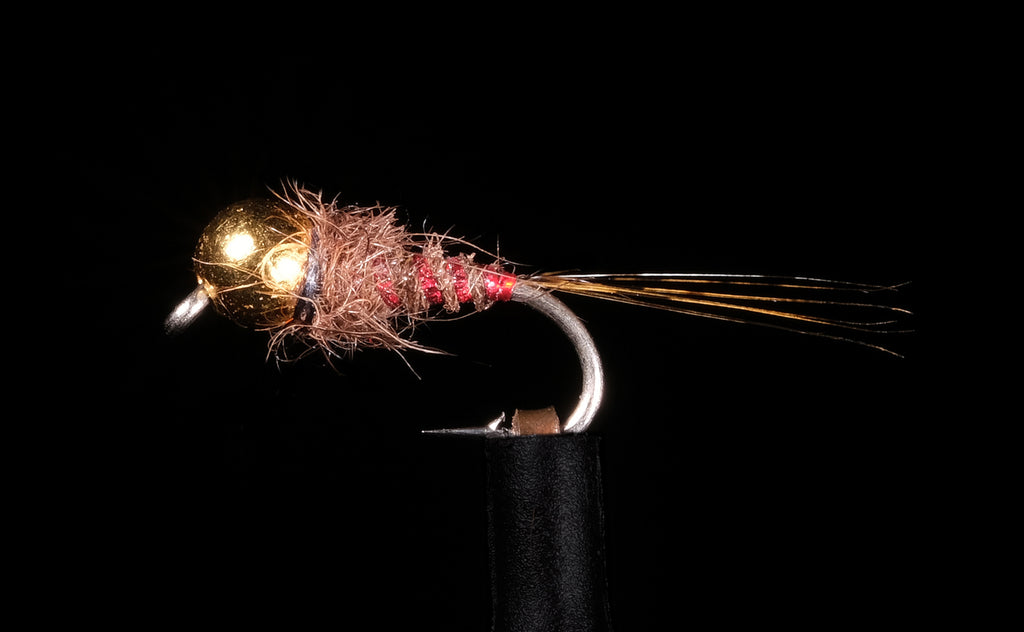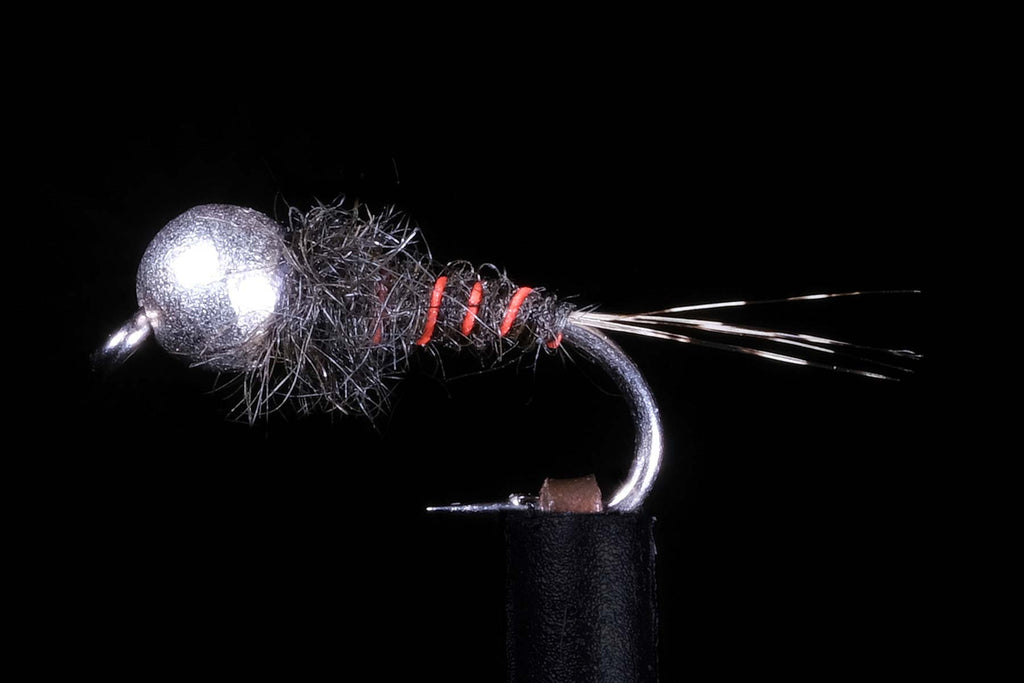Sink Rates of Nymphs - Testing The Theories

The obsession we refer to as fly fishing is different for so many people; for Kiyoshi Nakagawa that obsession couldn’t be any more extreme. Kiyoshi, or Yoshi as he is known to friends, is in the enviable position of having been able to turn his passion for fly fishing into a career. Not only is Yoshi running the fly fishing department at North Shore Hunting & Fishing but he also operates an extremely successful guiding operation. What’s more, a few years ago Yoshi had also made time to further his angling knowledge in a number of scientific studies focused on generating some concrete data towards some general day to day perceptions we all have as anglers. These projects, conducted along with Professors at the Japanese Kanazawa Institute of Technology, were of particular interest to all of us as anglers.
An avid fly fisher from the age of 15 Yoshi had read about fly fishing in New Zealand and at the age of 23 took the opportunity to move to New Zealand along with the 2003 Japanese America’s Cup Squad as a strategic researcher. During these early days in New Zealand Yoshi spent all of his spare time fishing around the North Island and in 2004, began competition fishing and working for then tackle retailer Tisdalls in Auckland’s CBD.

Yoshi’s competition fishing took him to the world championships in Slovakia in late 2004 representing the Japanese team and since this time Yoshi has had a number of placings for both the New Zealand and Japanese teams. One of the highlights of his career was in 2008 when he represented his home country Japan on his new home waters around New Zealand where he finished a very respectable 18th in the world, and more recently after a long break from competition Yoshi was back representing Japan at the 2019 World's in Tasmania.
With a background in mechanical engineering from Kanazawa Technical College and further post graduate studies from the landing School of Boat Building and Design in the United States. Yoshi had always found that many of the concepts and beliefs he had been taught as a fly fisher were based primarily on assumption, versus the researched facts he had been brought up in during his academic training. As a result Yoshi, along with the assistance of his original professors conducted a number of physical experiments on the performance of fly design on sink rates in varying environmental conditions. Yoshi’s research project focused around the sink rates of trout flies tied from different materials. Of particular interest were his findings on the vastly different sink rates of tungsten versus brass bead nymphs.
The table below shows that the two flies tied with tungsten beads sink at over three times the speed of flies tied with brass beads.

Furthermore the graph shows that there is little difference between the two flies of 0.6 or 0.8 grams in either tungsten or lead. And in fact, the major differences that occur are only due to the density of materials versus the overall weight. Interestingly enough this becomes a critical piece of information for anglers wanting to tie fast sinking nymphs whereby traditionally anglers have fished larger and heavier flies in order to get to the bottom quickly. This research however shows that small high density flies will in fact sink faster than larger and heavier patterns. As we can see above, the 0.6gram Tungsten nymphs sink more than twice as fast as the 0.8gram brass nymphs.
What is also interesting to note in the graph is the acceleration that a fly goes through in reaching maximum sink speed. Yoshi states that one important skill he has learnt from his shortline nymphing is to drive the nymphs into the water, that way the flies reach their maximum sink rate quicker, and consequently get down faster. If the flies are feathered down to the water they spend too long reaching their maximum sink rate.
Yoshi stated that as a result of this research he has started to rethink his fly collection. Especially as over recent years where he has tended towards using shortline nymphing techniques. What has been critical in creating an effective fly collection is a range of patterns of differing weights and densities. Many of the successful patterns designed by the French, Czech and Slovakian anglers are tied with much slimmer profiles than the more traditional New Zealand patterns leading to faster sink rates effectiveness in fast and deep rivers.

Yoshi X Factor Red - Manic Fly Collection

Yoshi X Factor Black - Manic Fly Collection
What is vitally important in fly selection is getting an understanding of what your fly is actually doing. Yoshi’s advice to anglers is to cast your flies into clear water in front of you and watch how fast they sink. Being able to visualize the flies sinking and having an idea of how deep you are fishing will give you a better concept of the sink rate and drift. It’s not always critical to have your flies on the bottom, however it is critical to understand what they are doing so you can either repeat your success or adjust your approach. It is too easy as an angler to assume that you are fishing correctly when in fact you have no idea.
Of interest to many has been comparisons between different qualities of tungsten beads on the market, as all tungsten beads are made with a percentage of steel to give them strength. Sink rates are greatly altered by the amount of steel used within the bead and often lower priced or discount beads on the market look attractive and in fact they may still be heavier than brass beads. As Yoshi points out, it is important to understand exactly what you are buying as there is often a sacrifice for paying a cheaper price and when you are looking for the ultimate sink rates, the premium product certainly makes a difference.
With a clearly different view point to so many anglers and an eagerness to understand the truth behind the assumptions, Kiyoshi Nakagawa is a guy well worth booking some time on the water with so you can have your own ideas challenged and work with some real findings from the expert himself.
